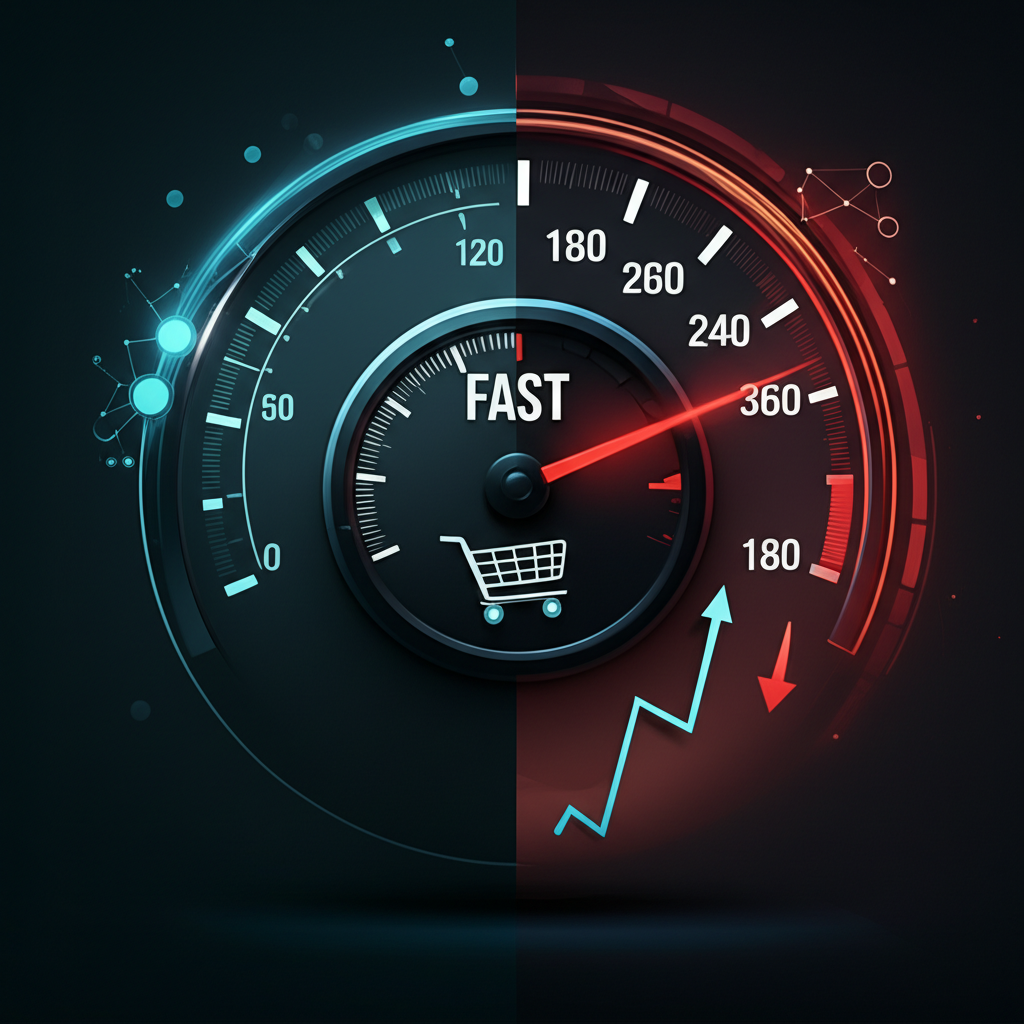- Why Website Speed Matters for SEO
- Impact of Website Speed on Search Engine Rankings
- The Mobile-First Indexing Era
- Website Speed: A Critical Factor for Sales
- The Impact of Slow Loading on User Behavior
- Boosting Sales with Optimized Page Load Times
- Optimizing Your Website for Speed
- Measuring and Monitoring Website Speed
Website Speed: Crucial for SEO & Sales
Website speed is a critical factor for both search engine optimization (SEO) and sales. In today’s fast-paced digital world, users expect websites to load quickly and efficiently. A slow website can lead to a poor user experience, increased bounce rates, and ultimately, lost revenue. This article will delve into the importance of website speed, its impact on SEO and sales, and provide actionable strategies to optimize your website’s performance.
Why Website Speed Matters for SEO

Google and other search engines prioritize user experience. A core component of a positive user experience is fast loading speed. Slow-loading websites frustrate users, leading them to abandon the site before even engaging with the content. This behavior signals to search engines that the website offers a poor user experience, negatively impacting its ranking.
Impact of Website Speed on Search Engine Rankings
Website speed is a confirmed ranking factor for both desktop and mobile searches. Google’s algorithm considers page speed as a crucial metric in determining where a site appears in search results. A faster website is more likely to rank higher, increasing its visibility and driving organic traffic. Conversely, a slow website will struggle to compete with its faster counterparts, hindering its ability to attract organic visitors.
The Mobile-First Indexing Era
With the majority of internet traffic now coming from mobile devices, Google has shifted to mobile-first indexing. This means that Google primarily uses the mobile version of a website for indexing and ranking. Therefore, optimizing your website’s speed on mobile devices is even more critical for SEO success. A slow mobile website can significantly impact your search engine rankings and limit your reach to potential customers.
Website Speed: A Critical Factor for Sales
Beyond SEO, website speed directly impacts your bottom line. A fast website contributes to a positive user experience, encouraging visitors to explore your content, engage with your brand, and ultimately, convert into paying customers.
The Impact of Slow Loading on User Behavior
Studies have shown a strong correlation between website speed and user behavior. A slow-loading website can lead to:
Increased bounce rates: Users are more likely to leave a slow website before it fully loads.
Reduced page views: Visitors are less likely to navigate to other pages if the initial loading time is slow.
Lower conversion rates: Frustrated users are less likely to complete desired actions, such as making a purchase or filling out a contact form.
Decreased customer satisfaction: A slow website can create a negative impression of your brand, impacting customer loyalty.
Boosting Sales with Optimized Page Load Times
Conversely, a fast-loading website can positively influence user behavior and drive sales. A seamless browsing experience encourages visitors to spend more time on your website, explore your products or services, and ultimately, make a purchase. By investing in website speed optimization, businesses can improve their conversion rates and maximize their revenue potential.
Optimizing Your Website for Speed
There are numerous strategies you can implement to improve your website’s speed and reap the benefits for both SEO and sales:
Optimize Images: Compress images without sacrificing quality to reduce file sizes and improve loading times. Use modern image formats like WebP.
Leverage Browser Caching: Enable browser caching to store static assets, such as images and CSS files, on the user’s device, reducing the need to download them repeatedly.
Minify CSS and JavaScript: Remove unnecessary characters and whitespace from your code to reduce file sizes and improve download speeds.
Use a Content Delivery Network (CDN): A CDN distributes your website’s content across multiple servers geographically closer to your users, reducing latency and improving loading times.
Choose a Fast Web Host: Your web hosting provider plays a significant role in your website’s speed. Opt for a reliable and high-performance hosting plan.
Implement Mobile Optimization: Ensure your website is responsive and optimized for mobile devices, prioritizing fast loading times on smaller screens.
Reduce HTTP Requests: Minimize the number of HTTP requests by combining files and optimizing external resources.
Enable Gzip Compression: Compress your website’s files to reduce their size and improve download speeds.
Measuring and Monitoring Website Speed
Regularly monitoring your website’s speed is essential to maintain optimal performance. Tools like Google PageSpeed Insights, GTmetrix, and Pingdom offer valuable insights into your website’s loading times and provide recommendations for improvement. By consistently tracking your website’s speed and implementing necessary optimizations, you can ensure a positive user experience, improve your SEO rankings, and ultimately, drive more sales.
In conclusion, website speed is not merely a technical aspect of website development; it’s a crucial business factor that directly impacts your online visibility, user experience, and bottom line. By prioritizing website speed optimization, businesses can enhance their SEO performance, boost sales, and achieve sustainable growth in the competitive digital landscape.











Leave a Reply